The Barrier, in general, is any architectural feature of a home or a public building that limits the access and mobility of persons. The barrier is present in almost every architectural design, sometimes a barrier is for humans, sometimes it is for animals or insects. It totally depends on a particular design problem. In a zoo, a barrier between human and animals is just a fence or a big wall or with a level difference, depending upon animals comfort zone, a barrier design in this case is inclined towards safety of animals or safety of humans; vice- versa. In a public space, just a level difference between two space creates a barrier like a level difference between road and footpaths. These small barriers are now a part of life cycle.
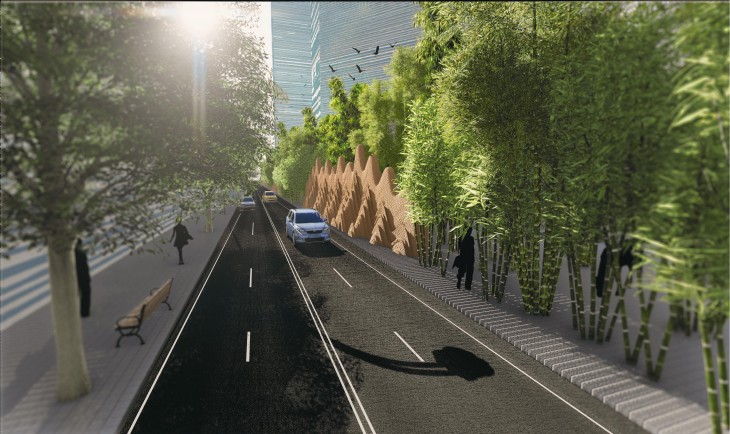
‘The Barrier’ in this project is like a boundary wall, protecting animals from humans inside the campus. It is not just a wall, its a living natural wall which will grow and expand from time to time. This wall restricts the human apart from campus member to come inside and invites animals to come inside. The wall is also a cause for bio-diversity inside the campus. It is not just a common wall, it is retrofitting the existing urban fabric. The barrier is made up of two main components i.e. termite mounds and bamboo forest. Bamboo grows by itself by multiplying themself into many. The bamboo is enriched with great properties like it grows faster, it is as strong as steel, can be used for structure building, controls noise pollution, clothes can be made from bamboo,etc. Moreover termite mound also has some good sustainable properties like it makes the soil more rich for vegetation, it maintains the water level inside the earth, termites is also a cause for bio-diversity as they are food for mammals, birds, insects, animals. Hence it is not just a barrier its a living/ self growing wall.
The Termite Mounds

Termite mounds from far away looks like some strange constructions resembling the towers of a castle. The architects that build them are the termites, insects of the Isoptera, that live in colonies made of millions of individuals.

The termites can maintain their fungi culture, keeping them wet, even during the most severe droughts. How? Because they dig galleries to the table water or underground springs, even 75 m (225 ft) deep. Moreover, inside the termite mound, there is constantly a humidity of 100 % and a temperature varying between 29?C (84? F) to 31?C (88? F), necessary for both fungi and termites. The galleries form a perfect installation of conditioning air. The orientation north-south of the mounds also helps in thermoregulation. The column of hot air rising in the above ground mounds helps drive air circulation currents inside the subterranean network.
Bamboo – The Rhizome
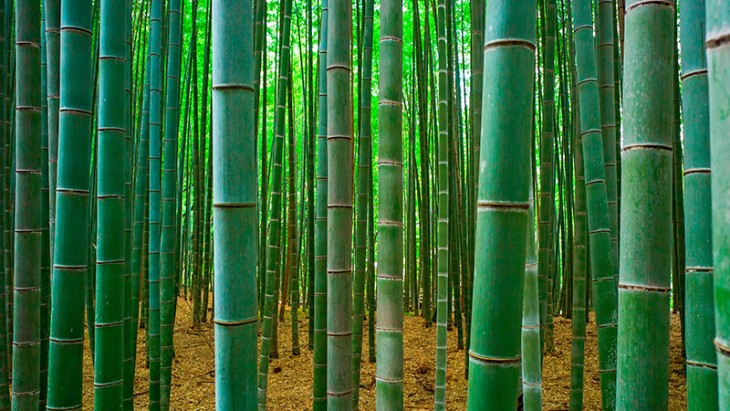
A Rhizome is a modified subterranean stem of a plant that is usually found underground, often sending out roots and shoots from its nodes. Rhizomes are also called creeping rootstalks and rootstocks. Rhizomes develop from axillary buds and are diageotropic or grow perpendicular to the force of gravity. The rhizome also retains the ability to allow new shoots to grow upwards. If a rhizome is separated into pieces, each piece may be able to give rise to a new plant. The plant uses the rhizome to store starches, proteins, and other nutrients. These nutrients become useful for the plant when new shoots must be formed or when the plant dies back for the winter.
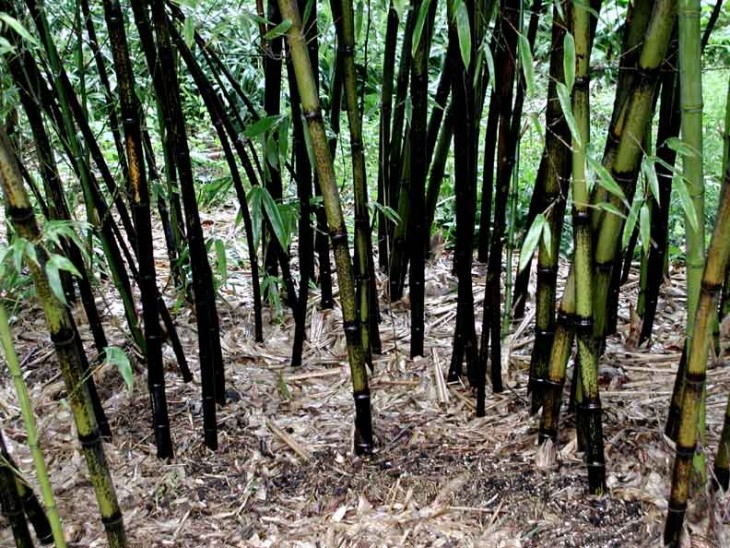
Bamboo has a widespread root system as well as an enveloping canopy, which makes it a great water barrier to control soil erosion. Bamboo is widely used in a number of developing countries to protect crops and villages from washing away. Bamboo’s high nitrogen consumption helps mitigate water pollution, and its roots are good for the soil.
Bamboo can be used in a wide range of products, from paper to construction materials and flooring. There’s bamboo furniture, bamboo sheets, bamboo yoga blocks and more. Some of the first paper products were made from bamboo, and today it is widely used to make a soft but durable bamboo clothing as well as to build fences, walls, bridges, bicycles, skateboards, helmets and computer keyboards. As bamboo’s popularity increases, it’s being used in more and more products, creating many beautiful ways for you to green your home and your lifestyle.
Master plan RMIT campus
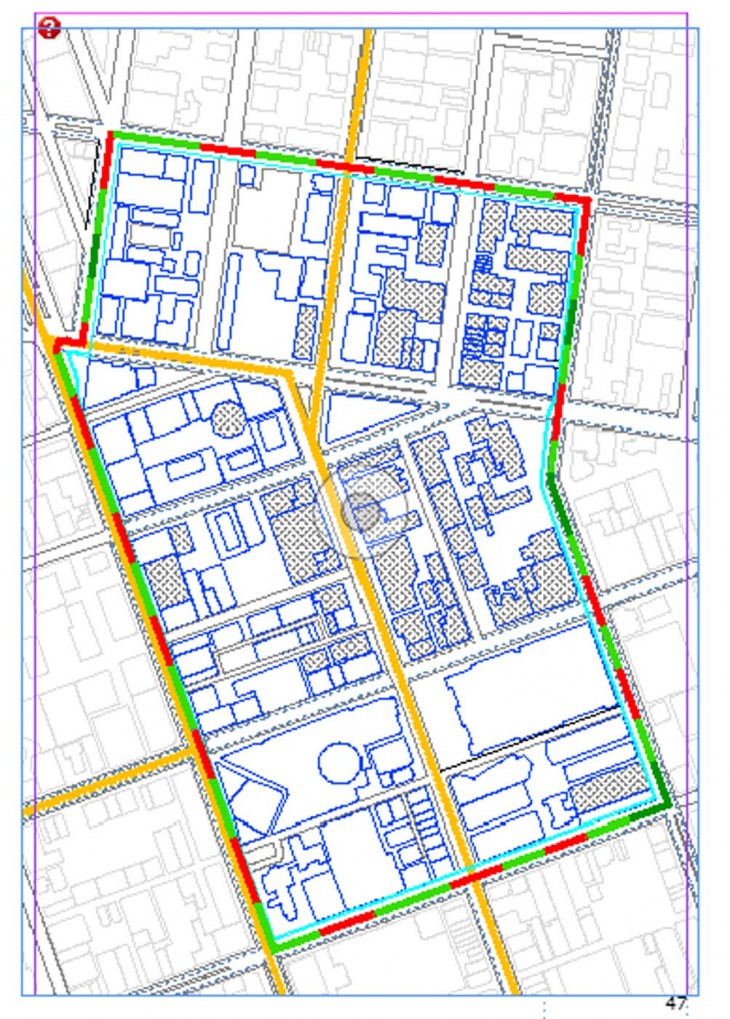
The existing fabric on the site includes roads, highway, tram lines, parking spaces, trees. I have studied the plan and the system of the site plan. Considering the fact that the city is running out of car parking facilities, the design proposed removes the car from the site and introduces pedestrian and bicycle, as the concept is to reforest the space making the site as a super block which will set an example for the city and later in future will be incorporated by the whole city. The idea of the Barrier is to restrict the outside campus citizens to come inside as they might destroy the environment inside the campus. On the other hand from outside it will create a curiosity among the people about whats going on inside the campus. The barrier invites the animals to come inside and make the forest more alive.
The Animal Zoning
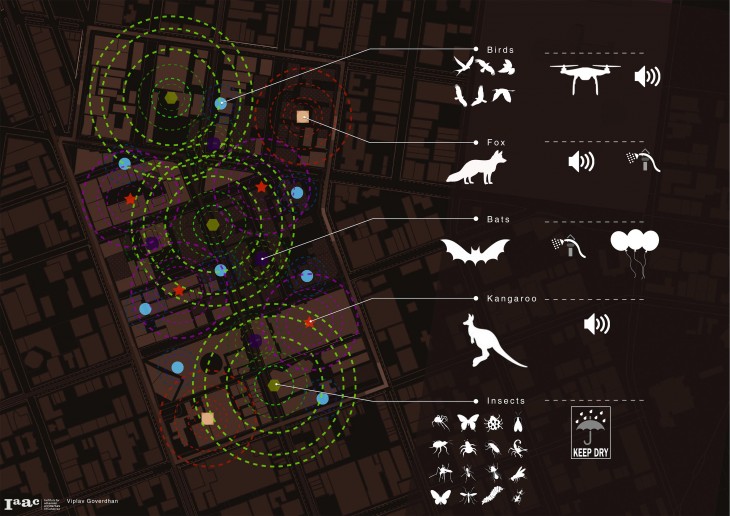
The Barrier System
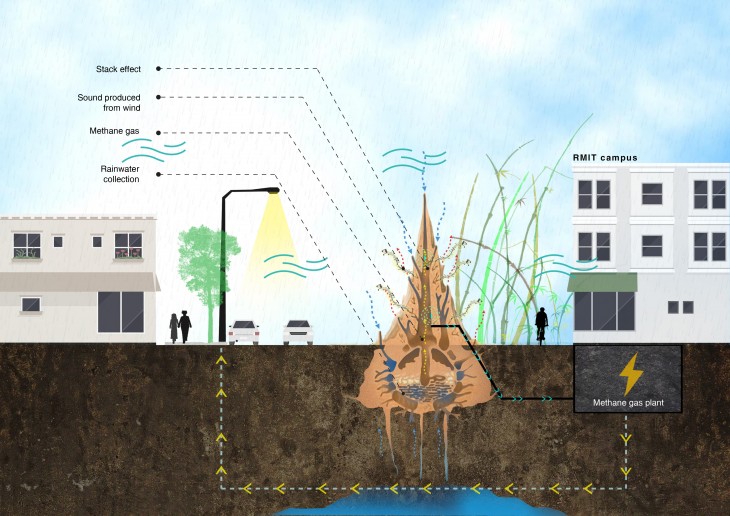
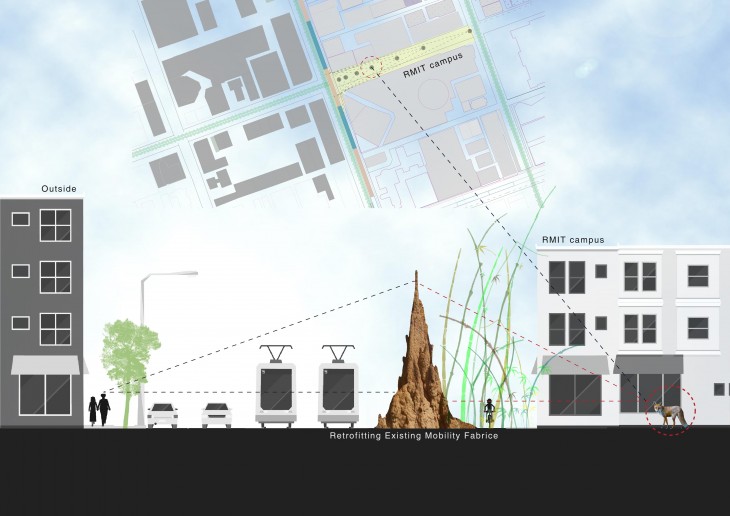
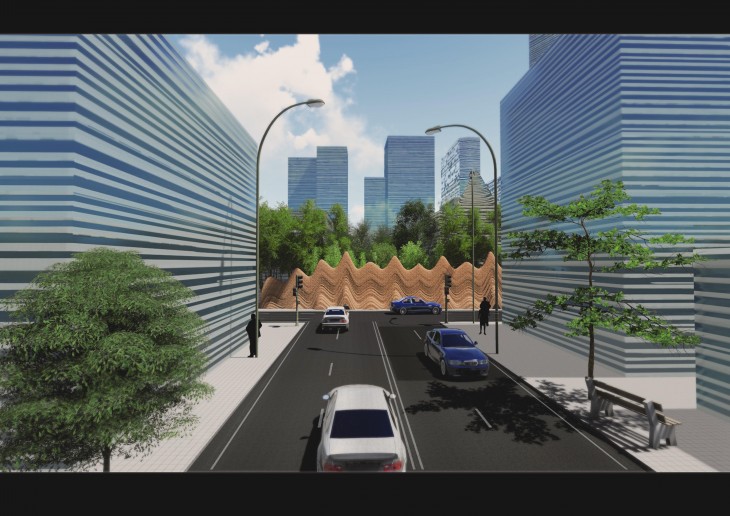
The Barrier is a project of IaaC, Institute for Advanced Architecture of Catalonia developed at Master in Advanced Architecture, in 2015-2016 by:
Students: Viplav Goverdhan
Faculty: Enric Ruiz-Geli and Mireia Luzárraga